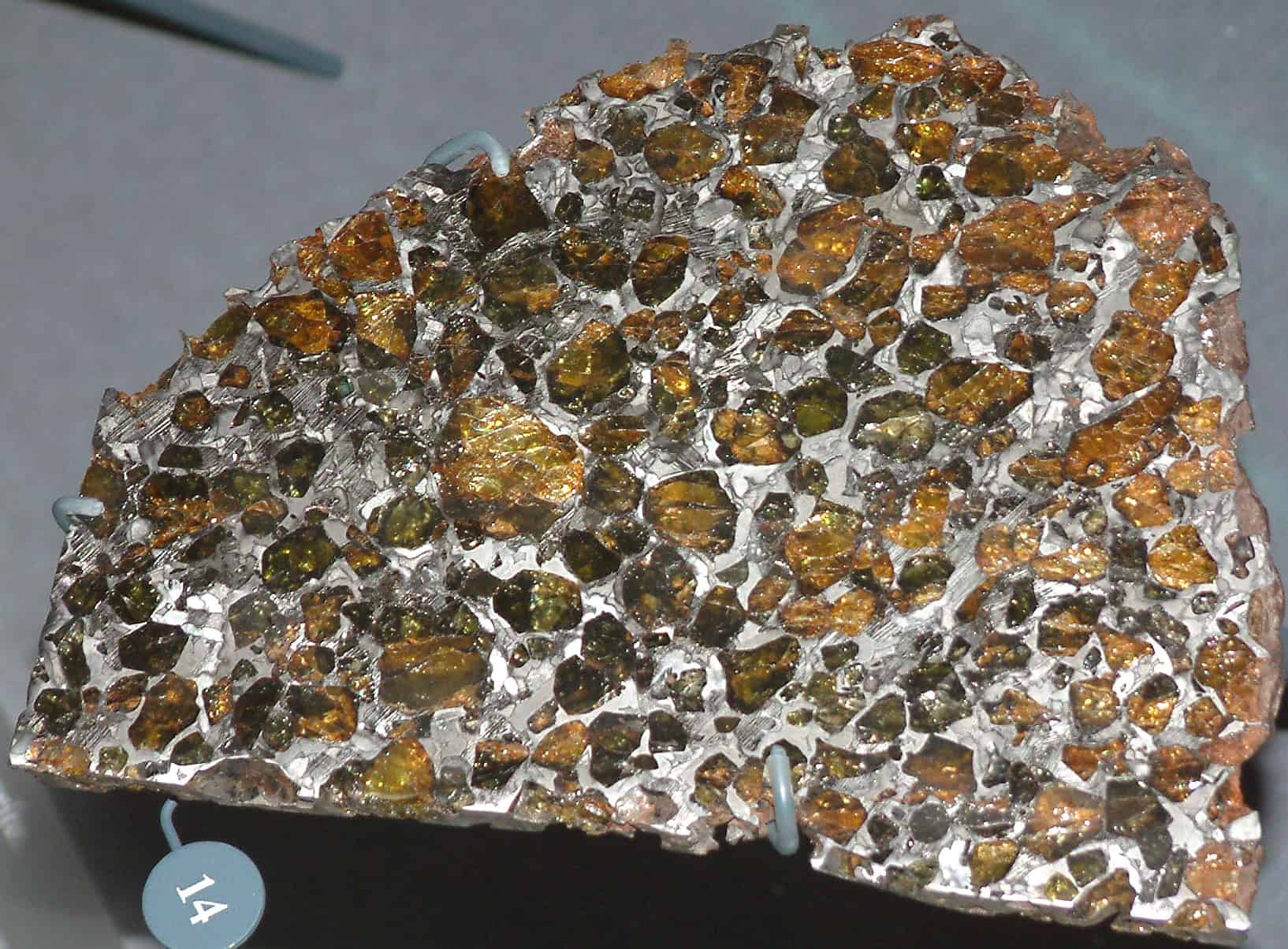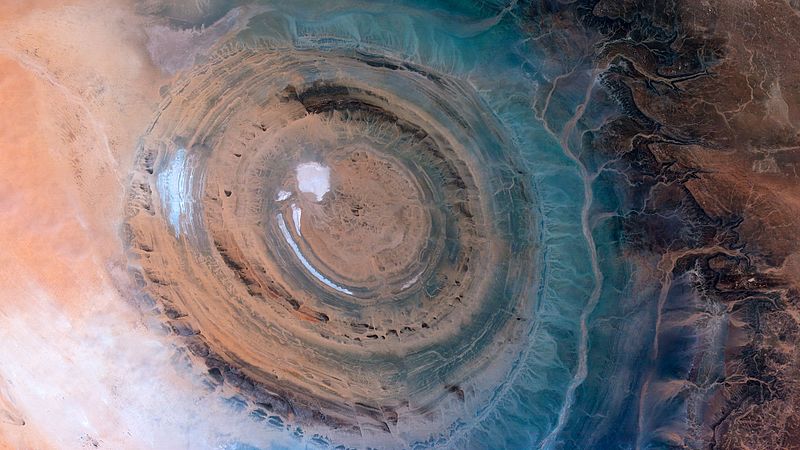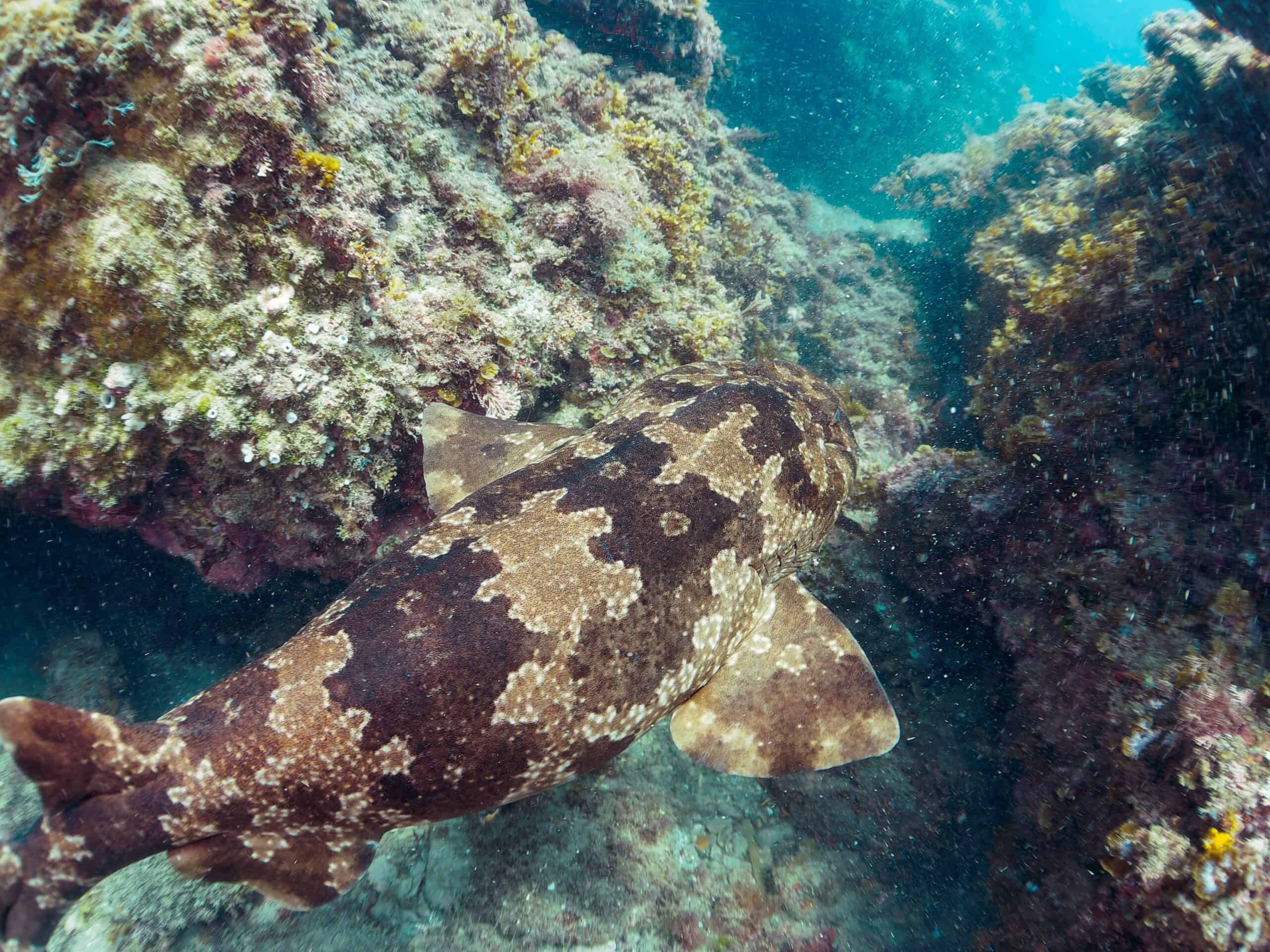Drought-resistant plants are a lifesaver for gardeners looking to conserve water while maintaining a beautiful and thriving landscape. These hardy plants are specially adapted to survive in dry conditions, making them ideal for areas with hot summers or regions prone to water shortages. By choosing drought-tolerant varieties, you can create a garden that’s not only low-maintenance but also environmentally friendly. Whether you’re designing a rock garden, filling out your borders, or looking for colorful blooms that can withstand the heat, these resilient plants will keep your garden vibrant with minimal effort. Let’s explore some of the best drought-resistant plants that will thrive in any garden setting.
Lavender

Lavender is a Mediterranean native that flourishes in dry, sunny climates and poor soil conditions, making it a favorite in drought-tolerant gardens. Once established, this hardy plant requires very little water and can survive extended dry periods. Its fragrant, purple flowers not only enhance the visual appeal of your garden but also attract bees, butterflies, and other beneficial pollinators. Lavender is also widely harvested for its essential oils, which are used in aromatherapy, natural remedies, and beauty products. Whether used as an ornamental plant or a practical herb, lavender adds texture and fragrance to any garden.
Agave
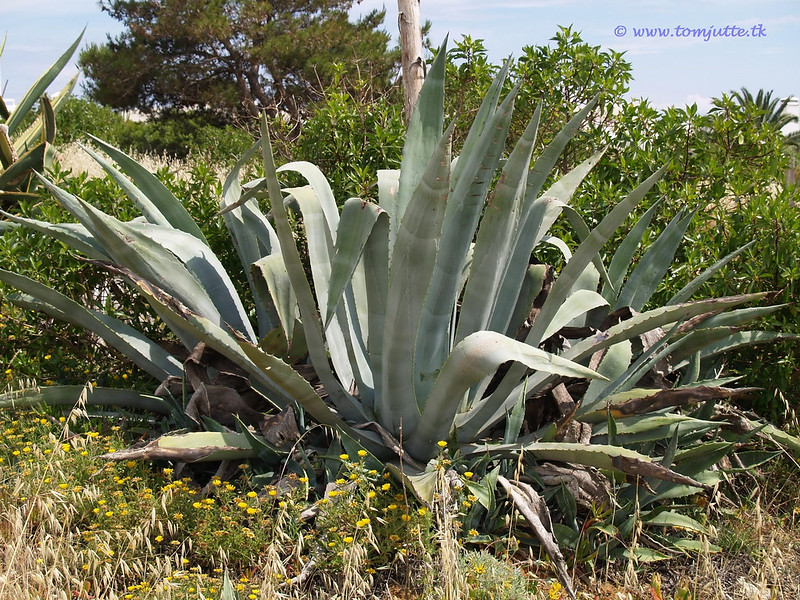
Agave is an iconic succulent known for its ability to store water in its thick, fleshy leaves, allowing it to survive prolonged droughts. Native to arid regions of the Americas, agave species vary in size, from small varieties suitable for containers to large specimens that can grow several feet wide. Its architectural form, often with sharp spines, makes it a striking focal point in xeriscapes or modern landscapes. Agave thrives in well-drained soils with minimal water, making it an excellent choice for gardens in arid climates. Additionally, some agave varieties are harvested to produce tequila and agave syrup, adding an economic benefit to its resilience.
Sedum

Sedum, commonly referred to as stonecrop, is a low-maintenance, drought-tolerant perennial that adapts to poor, rocky soils. This versatile plant comes in many varieties, from ground-hugging species that make excellent ground cover to taller varieties with vibrant, star-shaped blooms. Sedum’s thick, fleshy leaves help the plant retain moisture, ensuring it thrives during the hottest summers with minimal watering. It also attracts pollinators such as bees and butterflies, making it a great choice for eco-friendly gardening. Whether planted in rock gardens, containers, or borders, sedum adds texture and color to any space.
Russian Sage
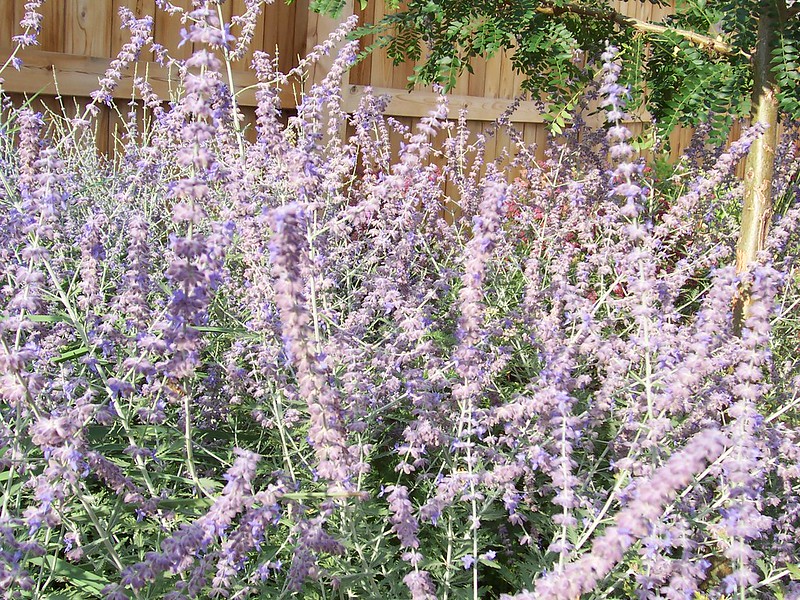
Russian Sage is a robust, drought-tolerant perennial that excels in dry, well-drained soil and full sun. Its tall, airy spikes of lavender-blue flowers bloom from mid-summer to early fall, creating a soft, ethereal look in the garden. This plant is not only drought-resistant but also deer- and pest-resistant, making it a reliable choice for low-maintenance landscapes. Russian Sage’s silvery-green foliage adds texture and color contrast to garden beds or borders. Its long-lasting blooms also make it an excellent addition to cut flower arrangements, adding versatility to its ornamental value.
Coneflower (Echinacea)
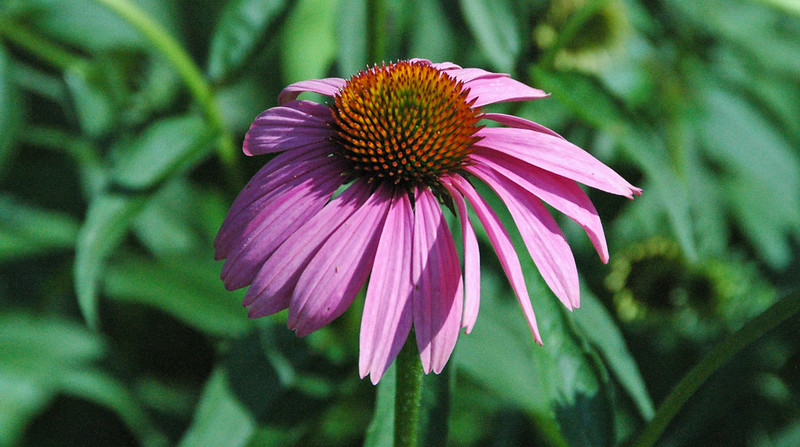
Coneflower, or Echinacea, is a North American native that thrives in dry, sunny conditions, making it an excellent choice for drought-resistant gardens. With its deep taproot system, the coneflower can access moisture deep within the soil, allowing it to survive even the driest summers. The large, daisy-like flowers, which bloom in shades of pink, purple, and yellow, attract pollinators such as bees and butterflies. In addition to its ornamental value, Echinacea is renowned for its medicinal properties, particularly in boosting the immune system. Coneflowers are long-lived perennials that require minimal care, making them a practical and beautiful addition to any garden.
Yarrow
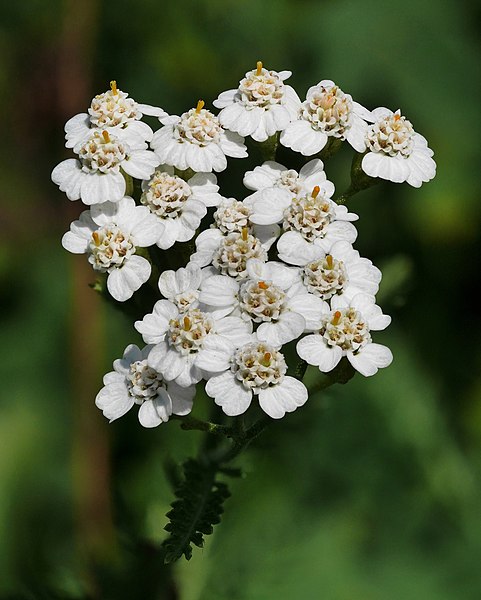
Yarrow is a resilient, drought-tolerant perennial that can thrive in poor, sandy soils and hot, dry conditions. Its flat-topped clusters of tiny flowers bloom in shades of white, yellow, pink, and red, providing color and texture to garden beds from summer to fall. Yarrow spreads quickly, forming dense mats that help suppress weeds, reduce water evaporation, and improve soil structure. It also attracts beneficial insects, such as ladybugs and bees, making it a valuable addition to any eco-friendly or pollinator garden. This hardy plant requires little maintenance and can easily naturalize in low-water landscapes.
Blue Fescue
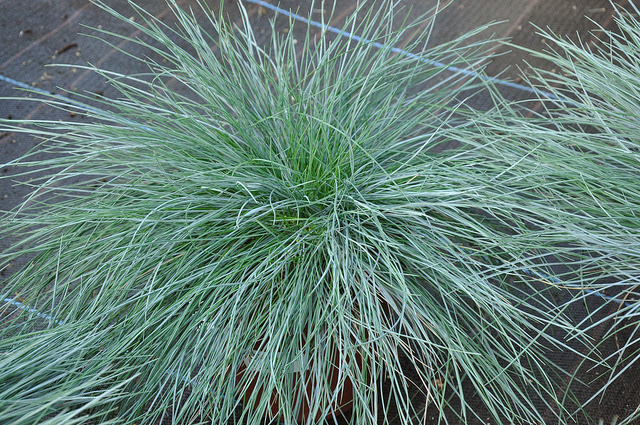
Blue Fescue is a compact, clump-forming ornamental grass that thrives in drought-prone regions. Known for its cool blue-gray foliage, this grass adds color and texture to garden borders, rock gardens, or containers. Its fine, needle-like leaves create a soft, feathery look that contrasts well with bolder plants, enhancing the overall aesthetic of a garden. Blue Fescue is highly drought-tolerant and requires minimal water once established, making it an ideal plant for xeriscaping. Additionally, this grass remains attractive throughout the year, even during winter months when many other plants are dormant.
California Poppy
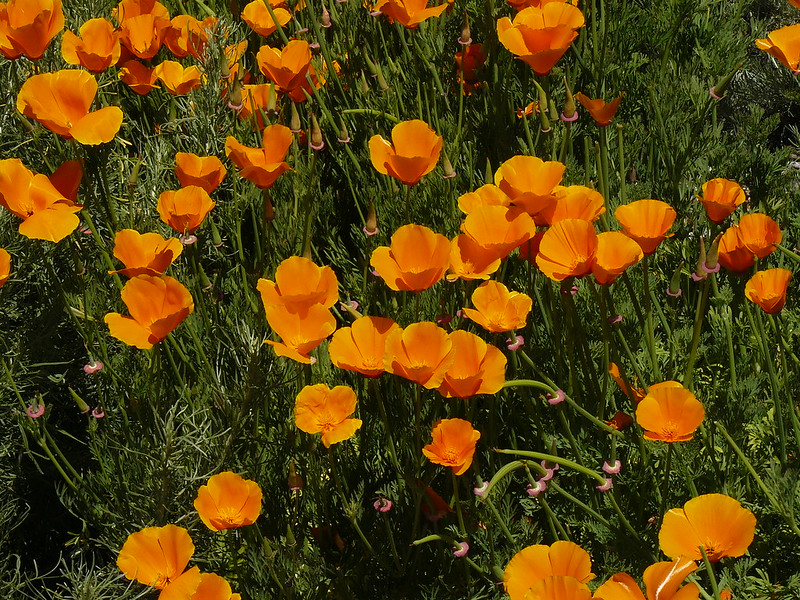
The California Poppy is a vibrant wildflower that thrives in dry, sunny conditions, making it ideal for water-wise gardens. With blooms in shades of orange, yellow, and red, this poppy adds a cheerful pop of color to landscapes. It grows easily in poor soil and requires little to no supplemental water, especially once established. California Poppies are self-seeding, meaning they will return year after year without much effort from the gardener. They are also beneficial for pollinators, attracting bees and butterflies while requiring minimal maintenance.
Red Hot Poker
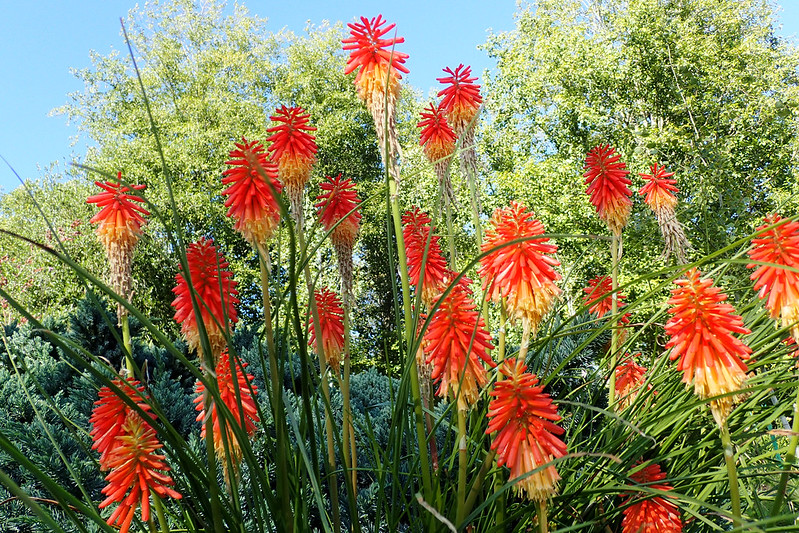
Red Hot Poker plants, also known as torch lilies, are famous for their tall, torch-like flowers that range in color from fiery red to bright yellow. Native to South Africa, these perennials are incredibly drought-resistant, thanks to their deep roots that store moisture during dry spells. The bold, upright blooms attract pollinators like hummingbirds and butterflies, adding both visual appeal and ecological value to your garden. Red Hot Poker plants prefer full sun and well-drained soil, making them a perfect fit for xeriscapes or low-water landscapes. Once established, they require minimal care and can thrive for years in dry, hot climates.
Lantana
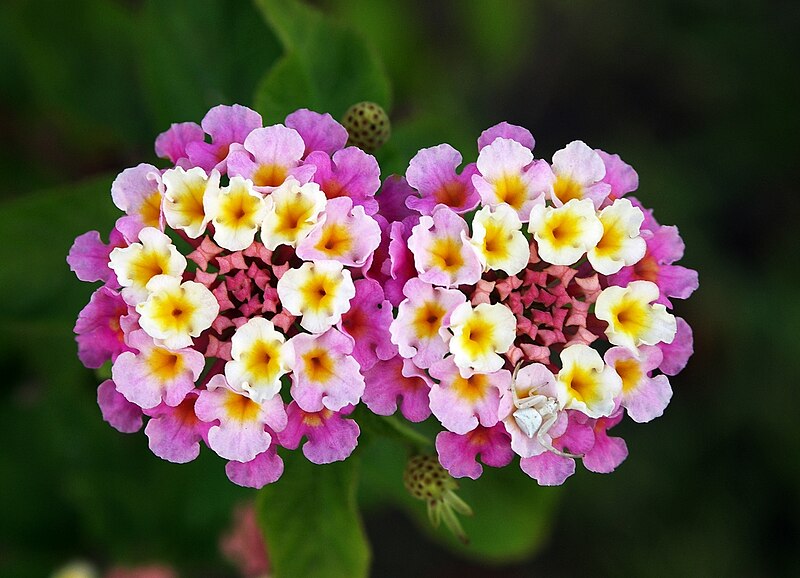
Lantana is a tough, drought-tolerant shrub that thrives in the heat and blooms with clusters of small, multi-colored flowers. It requires very little water once established and can tolerate poor soil conditions, making it ideal for low-maintenance gardens. Lantana’s bright blooms, which come in shades of yellow, orange, pink, and purple, attract butterflies and hummingbirds, adding life and movement to your garden. This hardy plant is also resistant to pests and diseases, making it a reliable choice for hot, dry climates. Lantana works well as a ground cover, border plant, or in containers, offering versatility in garden design.
Artemisia
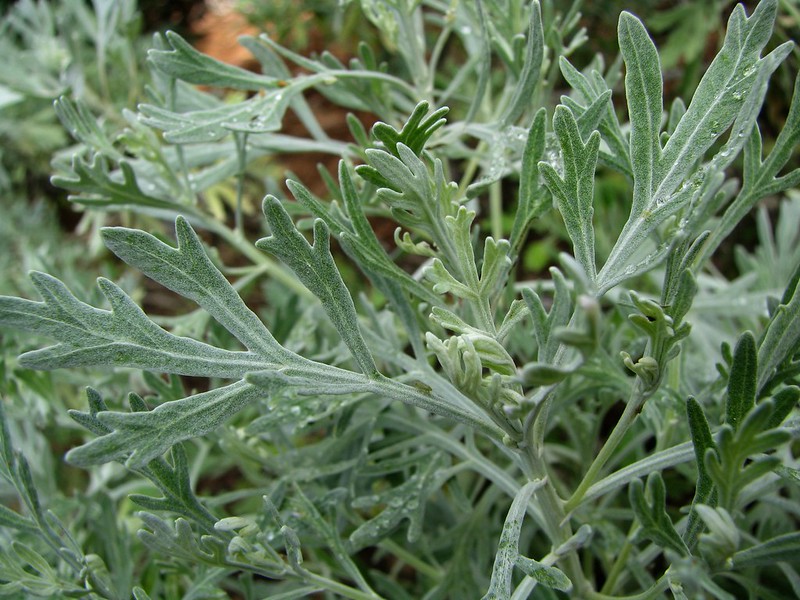
Artemisia is a drought-resistant perennial known for its silvery-gray foliage, which adds texture and contrast to any garden. This tough plant thrives in poor, well-drained soil and requires very little water once established. Its aromatic leaves have natural pest-repelling properties, making Artemisia a great companion plant for vegetable gardens or herb borders. The plant’s tolerance for heat and dry conditions makes it ideal for xeriscaping, and it can even withstand salty air, making it suitable for coastal gardens. Artemisia’s finely textured foliage provides year-round interest, particularly in gardens where evergreen plants are scarce.
Rockrose
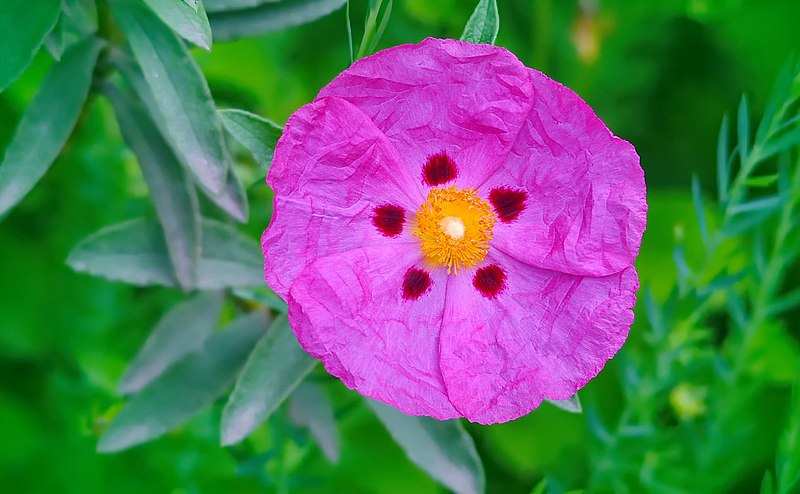
Rockrose is a Mediterranean native that thrives in dry, rocky soils and hot, sunny locations. It produces delicate, papery flowers in shades of pink, white, or yellow that bloom profusely during the spring and summer months. Once established, Rockrose requires very little water and can survive extended periods of drought. This hardy shrub forms dense mounds, providing excellent ground cover and helping to reduce soil erosion in dry landscapes. Its evergreen foliage ensures year-round interest, even when the flowers are not in bloom.
Globe Thistle
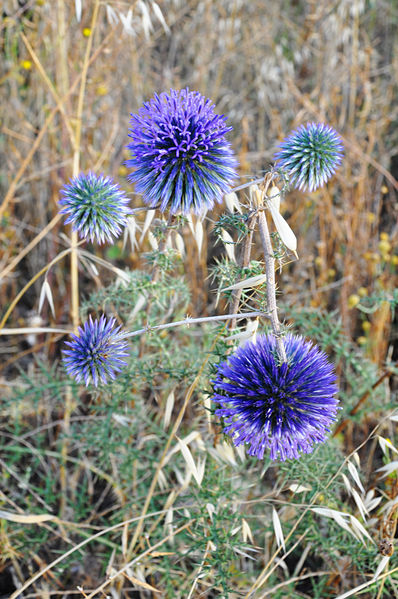
Globe Thistle is a striking perennial that features spiny, blue-gray foliage and large, spherical blooms in shades of blue or purple. Its drought-tolerant nature makes it a perfect choice for dry, well-drained soils. The plant’s unique flower heads attract bees, butterflies, and other pollinators, making it a valuable addition to eco-friendly gardens. Globe Thistle is also deer-resistant, making it ideal for gardens where wildlife can be a challenge. Its tall flower stalks and bold, architectural form make it a standout in any xeriscape or low-water garden.
Blanket Flower (Gaillardia)
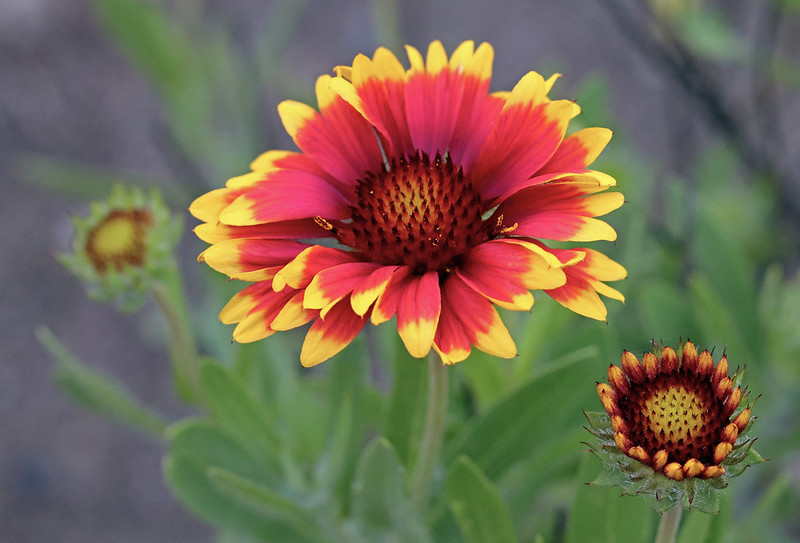
Blanket Flowers are drought-resistant perennials that bloom in vibrant shades of red, orange, and yellow throughout the summer and fall. These heat-loving plants thrive in full sun and well-drained soils, requiring very little water once established. Their daisy-like flowers attract bees, butterflies, and other pollinators, making them an excellent choice for eco-friendly or pollinator gardens. Blanket Flowers also spread easily, creating a blanket of color that enhances borders, rock gardens, or containers. Their drought tolerance and extended blooming season make them a reliable and low-maintenance option for any garden.
Sage (Salvia)
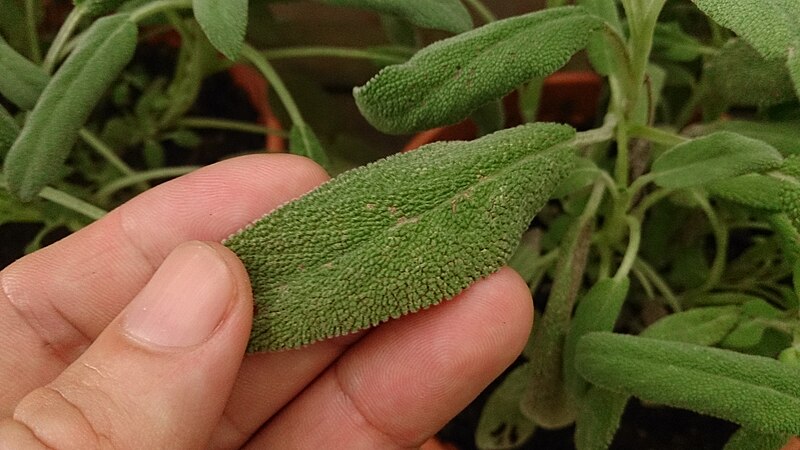
Sage is a versatile, drought-tolerant plant that thrives in hot, dry climates and poor soils. Known for its aromatic leaves and tall spikes of purple, blue, or red flowers, Sage adds both fragrance and beauty to any garden. In addition to its ornamental appeal, Sage is a popular culinary herb, used to flavor a variety of dishes. The plant attracts pollinators such as bees and butterflies, adding ecological value to your garden. Once established, Sage requires very little water and can survive even in the hottest, driest conditions, making it a perfect fit for low-water landscapes.
This article originally appeared on Rarest.org.
More From Rarest.Org
Meteorites are fascinating relics from space that offer us a glimpse into the origins and mysteries of our Solar System. Over the years, collectors and scientists have discovered many extraordinary meteorites, each with its own unique story, composition, and significance. Read more.
Deserts are often seen as barren, lifeless places, but they are also home to some of the most mysterious and unexplained phenomena on Earth. From strange lights and moving rocks to ancient geoglyphs and puzzling formations, these vast landscapes are full of secrets that continue to baffle scientists and intrigue explorers. Read more.

